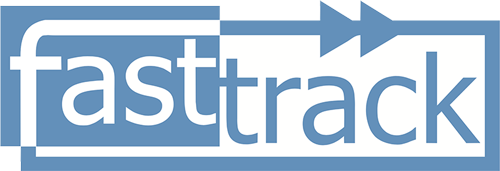Every enterprise needs to develop new business models to avoid being disrupted, gain efficiencies to fund innovation, and transform mission-critical systems without business risk.
RISE with SAP S/4HANA Cloud is the solution.
Every enterprise needs to develop new business models to avoid being disrupted, gain efficiencies to fund innovation, and transform mission-critical systems without business risk.
RISE with SAP S/4HANA Cloud is the solution.
RISE with SAP S/4HANA Cloud transforms the way you work
leveraging best-in-class technologies to shift your focus from operations
to the bigger pictures through insights and predictions.
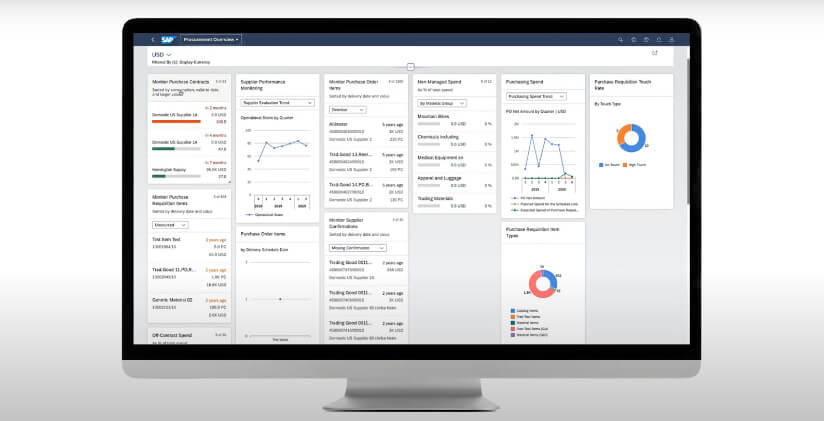
Increase Operational Efficiency
Work smarter with a personalized dashboard that directs you to your most important tasks. No matter your role you stay on the cutting edge through self-paced training that you can access anytime anywhere, learn new skills, improved performance and stay productive with a highly skilled team that has all the tools and knowledge to drive successful projects you increase operational efficiency.
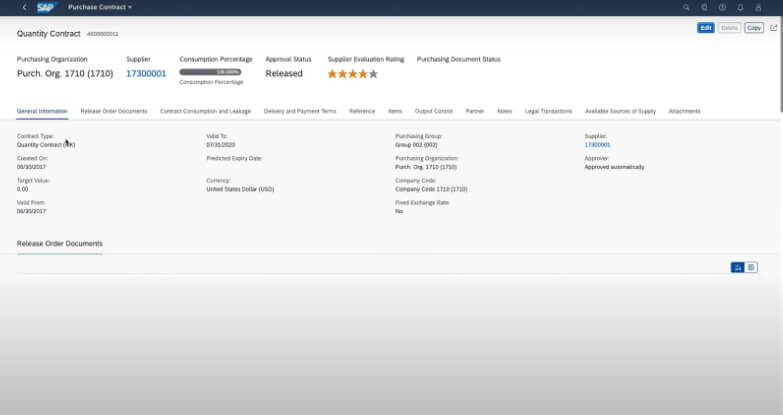
Improve your Bottom Line
The future of work is automatic. With automation and machine learning driven process flows you reduce many tasks, record how in seconds by leveraging and extending your system using libraries of automated tools and bots you save time and improve your bottom line.
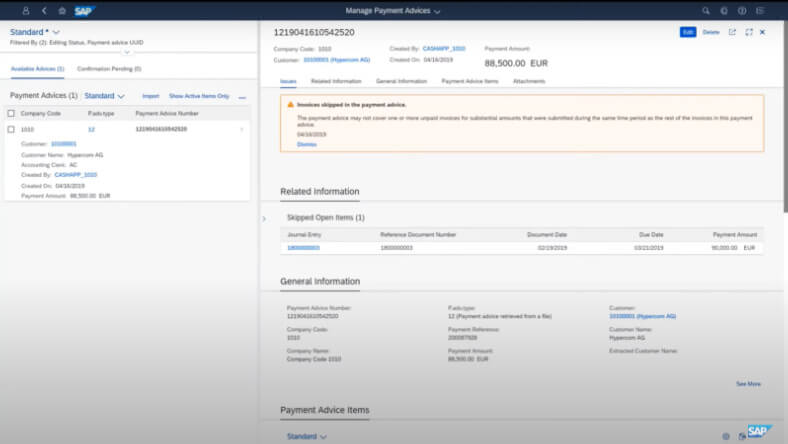
Drive Revenue Growth
Open your business to new channels, market units and geographies or go digital with new services to support your customers. Connect buyers with suppliers, collaborate and align with freight carriers or share information between manufacturing and service providers to maximize efficiency and change the way you do business.
Through it all you receive tailored insights to drive revenue growth as an intelligent enterprise. Increase operational efficiency, Improve your bottom line and Drive revenue by upgrading your tools with SAP
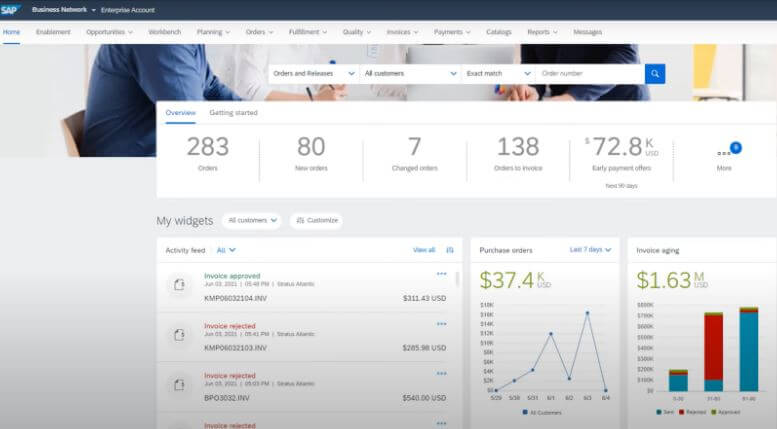
SUBSCRIBE TO OUR NEWSLETTER
Subscribe now for exclusive insights, event invitations, expert tips, and updates on ERP, Business Analytics, and the latest I.T. trends. Our newsletter delivers valuable content straight to your inbox, empowering you to optimize operations and achieve success.
Follow Us on Social Media
MANILA
10/F The Valero Tower, 112 Valero St.,
Salcedo Village, Makati City, Philippines 1227
CEBU
2/F AMV Bros. Building, 9 F, Cabahug St.,
Mabolo, Cebu City, Philippines 6000
DAVAO
4/F Topaz Tower, Damosa IT Park,
J.P. Laurel Ave., Lanang, Davao City,
Philippines 8000
SINGAPORE
8 Cross St., #24-03/04 Manulife Tower,
Singapore (048424)
OFFICE HOURS
Monday to Friday
9:00 AM to 6:00 PM
Follow Us on Social Media
FasttrackSolutions. Copyright 2025 ©
